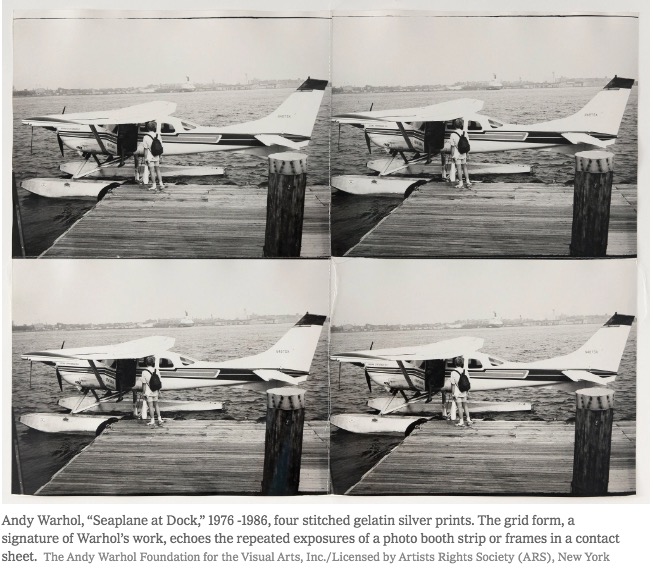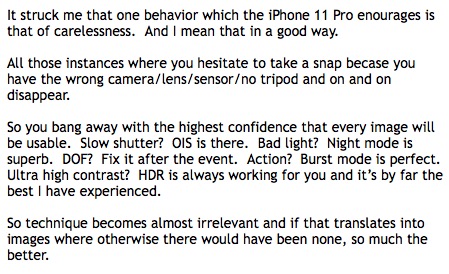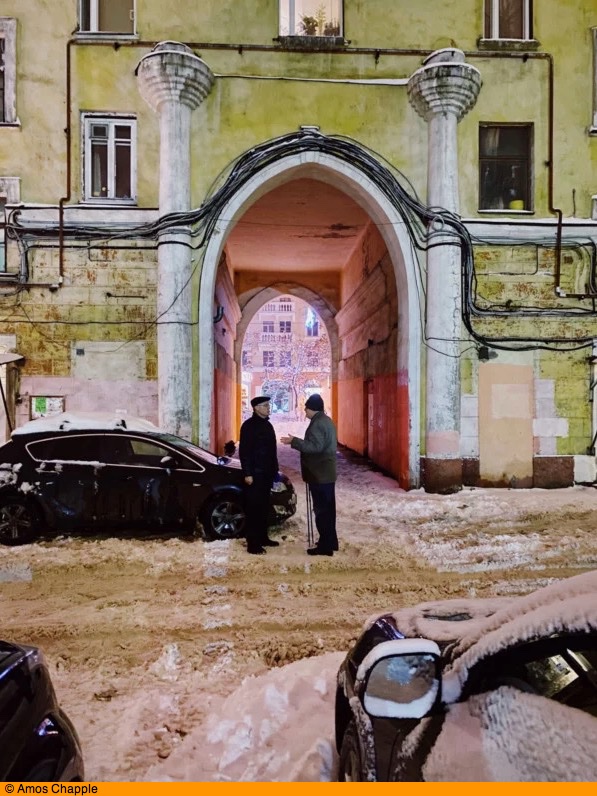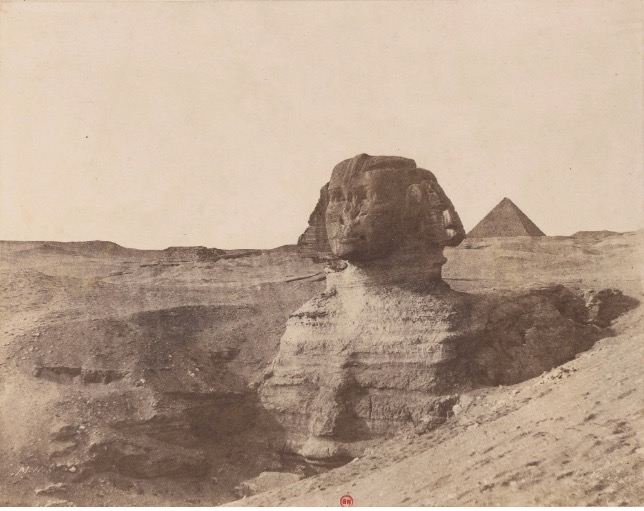Images for the ages.
While Lewis Hine is known as perhaps the greatest social conscience photographer of the past century, he was also there with his camera when the Empire State building was being built.
Every statistic about this skyscraper is nothing less than breathtaking.
Started a couple of days after the Black Tuesday stock market crash in 1929, it would be the world’s tallest building. Actual construction started on March 17, 1930 as the Great Depression was starting to rage. It was completed on April 11, 1931, with opening a few days later. Read that again. 102 floors in the center of Manhattan built in just 13 months in an era when the blue collar man was grateful for a job rather than for a handout. The site is that of the old Waldorf Astoria hotel which relocated uptown to Park Avenue, and Lewis Hine was there to record the construction process with unforgettable photographs.
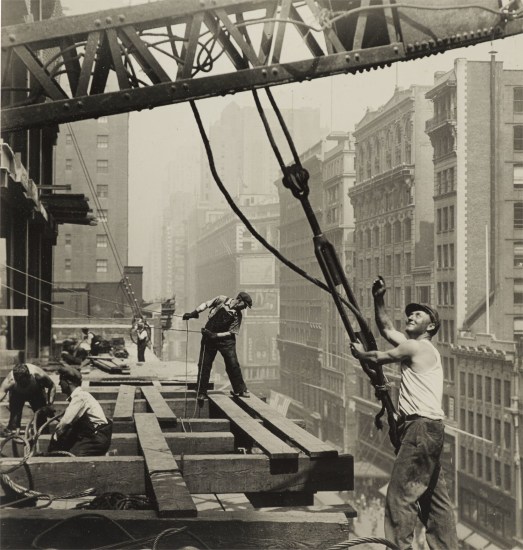
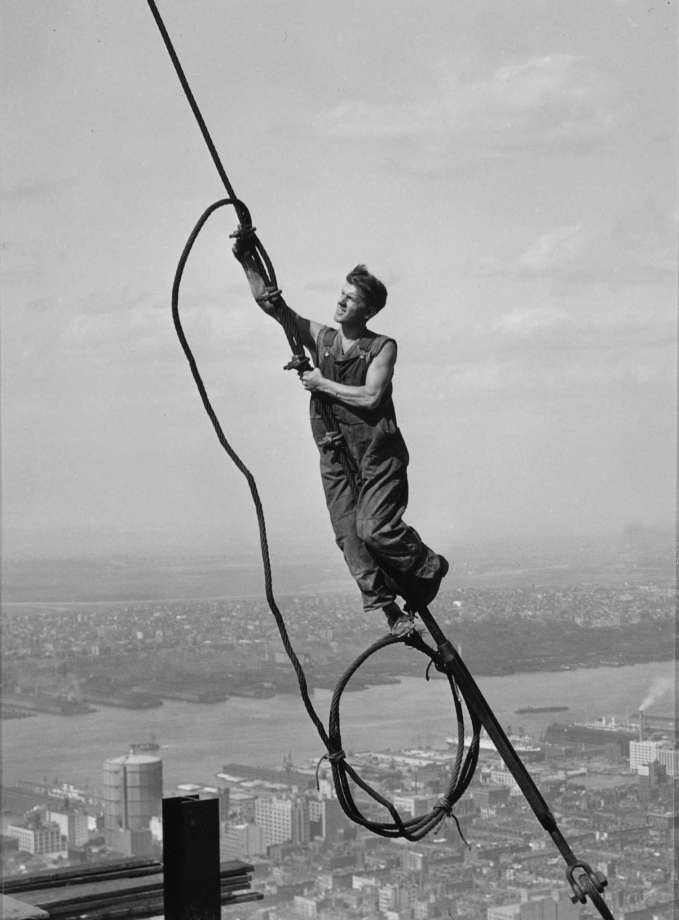
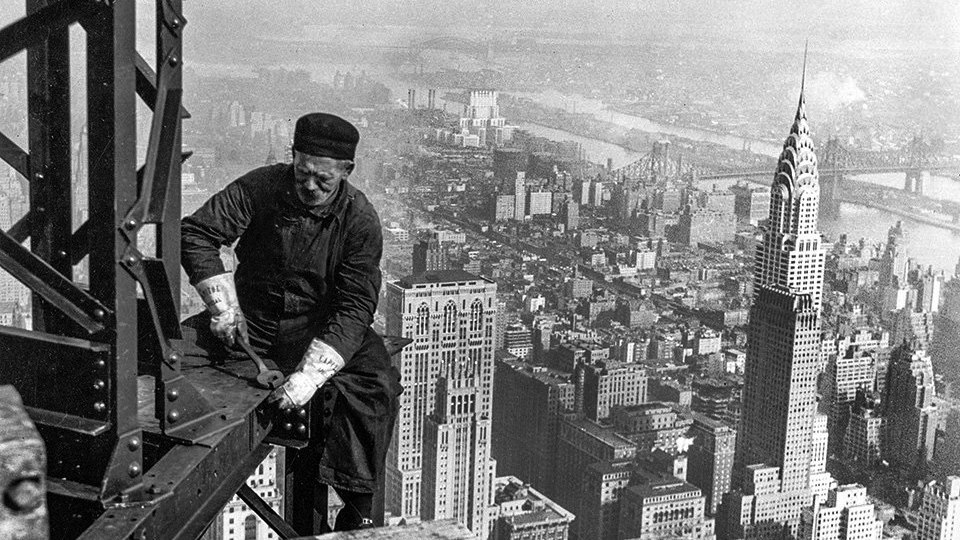
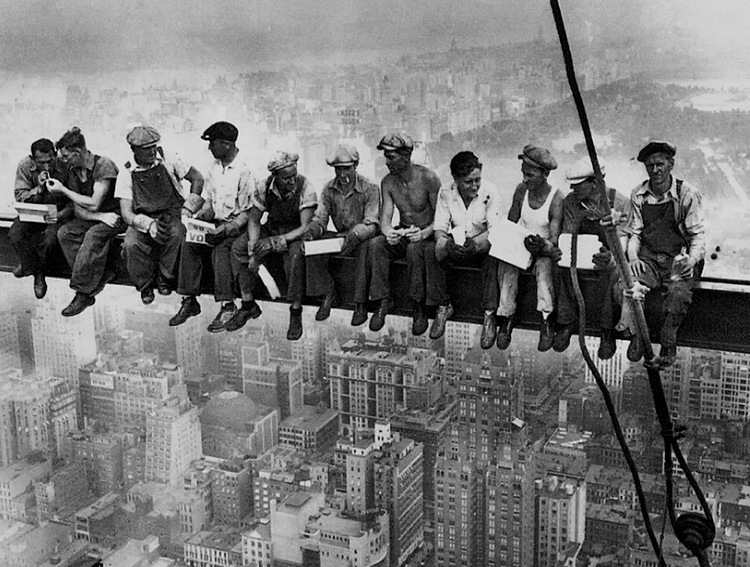
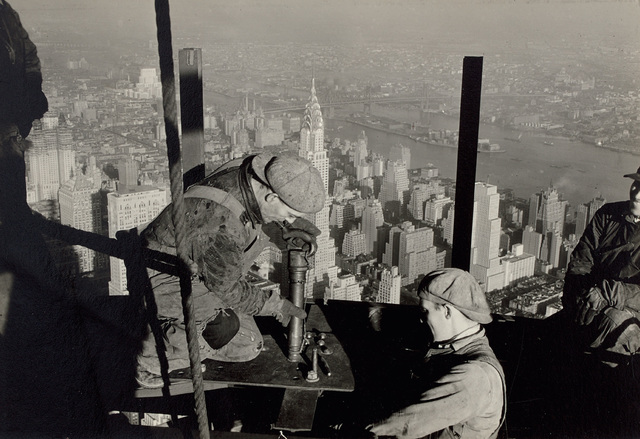
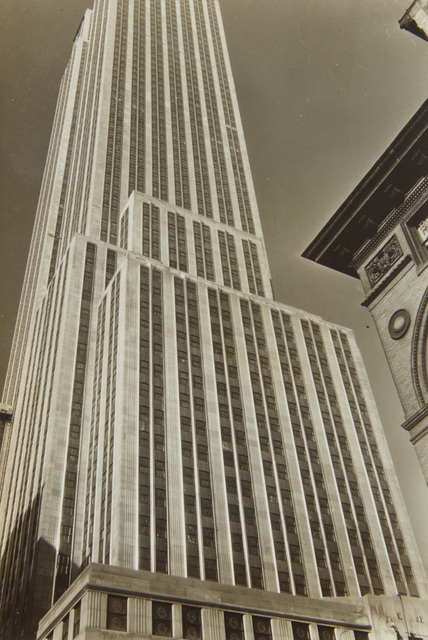
When you visit it – and you should – do what I do when entering this Art Deco masterpiece. Get on your hands and knees on the green marbled floor of the lobby and run the tips of your fingers over the brass inlay strips separating the marble slabs. Perfection.
Arguably three key technologies made this building possible – structural steel (Andrew Carnegie, Henry Clay Frick and Bethlehem Steel), electric elevators (Elisha Otis) and air conditioning (Willis Carrier). This was an era when American companies used American resources and American immigrants to craft great things.
Everything about the Empire State building is nothing less than breathtaking but most breathtaking of all is its stunning beauty.

